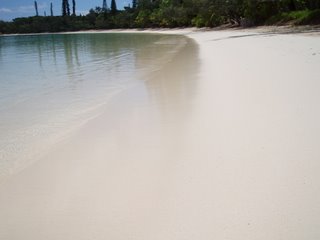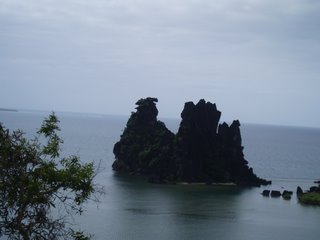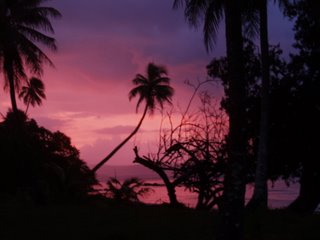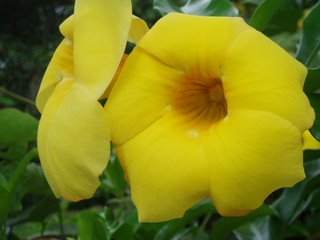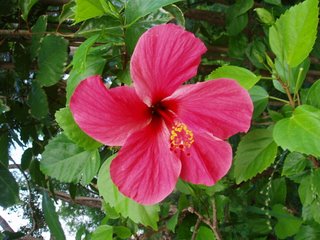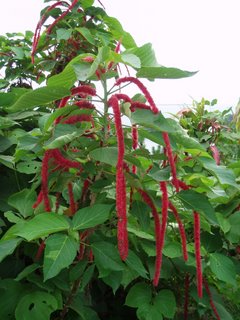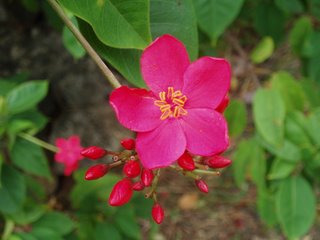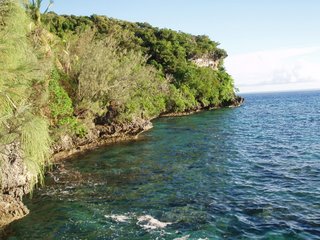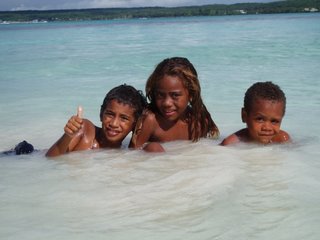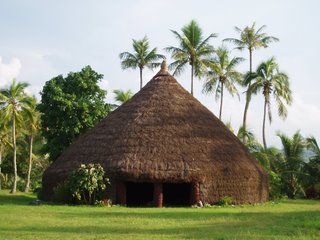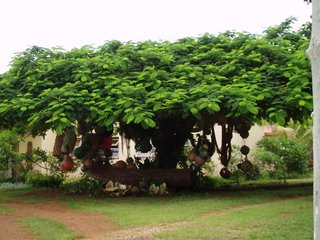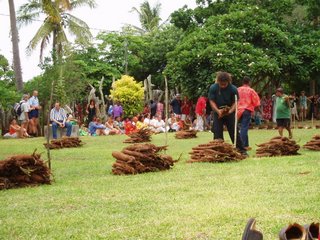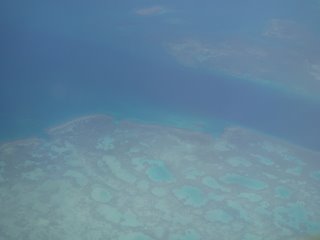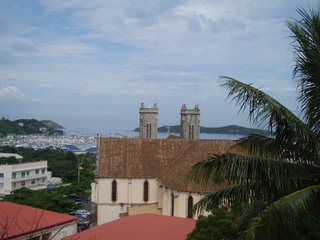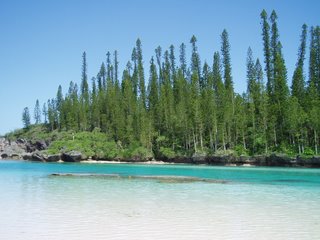Since most people I had contacted for my project had not given me any sign of life, I decided to limit my stay Down Under to a short two weeks. To maximize my time there, I decided to take part in a tour of the Outback- 8 days driving in the desert, 3200 km from Adelaide to Alice Springs, which is right in the middle of this huge country. At first, I was a bit reluctant to take part in a tour, I would have rather rented a car with some friends, but considering the short amount of time I had and also that I was alone, I had no real other choice. The trip turned out to be AMAZING!!!
I flew from Sydney to Adelaide, a day before the start of the trip. I had a whole day to stroll around this small town- very clean and with seemingly no great activity. The streets were very quiet probably due to the heat of the day. I did go to the main market- I was pleasantly surprised by the huge variety of fine quality foods available; fruits, vegetables, breads, but best of all (especially after all this cheese craving in India) there was loads and loads of really stinky cheese, so good!

Adelaide down town.
As I was strolling around, I bumped into a woman who was selling soaps and lotions she had made herself. Most of her products contained essential oils so I asked her where she had gotten them. I ended up spending the afternoon with a perfumer, talking about his job and how it differed from that of perfumers in India.
The next morning, our Wayward bus set out on its journey early one morning from the dormant cowboy town of Adelaide- 1st stop, a winery in the Clare Valley. I tried to put to use the little I remembered from what Barry Lydgate was trying to teach us about wine-tasting back in Wellesley. The wine wasn’t that great at all- especially since it was all bottled in those screw-cap types of bottles. The woman from the winery kept on telling us that it was much more reliable than bottling the wine with traditional corks. It’s maybe the French in me, but it didn’t convince me- because half of the pleasure of drinking wine (well, maybe not half, let’s say a ¼ of it, or at least some of it) is to hear the “plop,” as the cork is released from its glass prison. Anyway, a wine-tasting session as early as 11 am set the mood for the rest of the exploration in the Australian Outback.
 Clare Valley Vineyards
Clare Valley Vineyards
As we left the picturesque vineyards, we drove through dry farmlands and slowly entered the desert. The landscapes I saw during this trip were absolutely breathtaking!! There was the rugged hike of Mt Ohlsen Bagge at Wilpena Pound, the dried salted Lake Eyre, hot water springs between Maree and William Creek the underground houses of the opal mine capital in Cooper Pedy, the moon-like landscapes on the way to Uluru. For hours we drove on flat land, seeing no tree, no house, and barely a few cars. In one such places, our bus broke down- of course!!! We stayed a few hours stranded in the middle of nowhere, hopefully waiting for the single car that had crossed our way to come back from the nearest town with the missing part.

An Emu strolling along the road

Apparently, in the center of Australia, there are huge underwater reserves. In some areas the pressure is just too great and little springs pop out here and there...
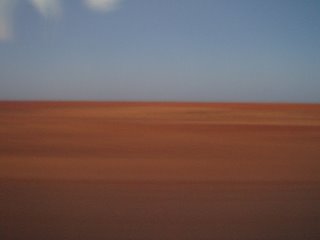
The "Red Center"

The unending road and the very flat horizon
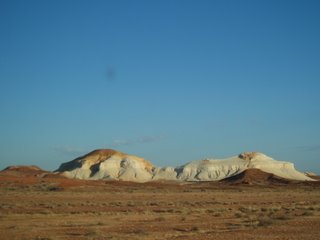 Interesting geological formations.
Interesting geological formations.
At night, we camped in tents or swagged under the naked sky. The desert is definitely the best place to be star-gazing... or to be contemplating a moon rise. Those were probably the most beautiful sunrises and sunsets I have ever seen, when all of a sudden, the whole area surrounding you takes on a pink-orange shade and the birds start to sing almost all at once as the first rays of sunlight emerge on the horizon.
 A sunset... speaks for itself.
A sunset... speaks for itself.
One of the most stunning sights was the sun setting on Uluru, in a time span of only 10 minutes, the colors shifted from orange, to red, to pink, to purple and finally grey. Some people choose to fly to Alice Springs, drive for a couple of hours to spend one day in the Kata-Tjutu- Uluru National Park, then drive back to Alice Springs and fly out the next morning. I found that the magic of the place was in part compounded by the fact that we had spent so much time "struggling" on the road to get there. And the journey in itself was fabulous.
 Sunset on Uluru
Sunset on Uluru
Uluru is a sacred place for the indigeneous population of the area. Different places around it are reserved for specific rituals, either for the men and the women. The actual rituals are kept secret from other clans but also from the other gender of the clan. The hike of the rock is one of the rituals young men do to reach adulthood. So people are asked, out of respect for the traditions of the indigenous population, not to climb the rock. So we walked around the rock, which took us about 3 hours. If anyone ever ends up in the dead middle of Australia, don't only go see Uluru but also go to King's Canyon- it's stunning!
 King's Canyon
King's Canyon
After this week away from big cities, I flew back to Sydney, but had the chance to stop in Melbourne to get enough of that cosmopolitan, european and laid back feel of the city- too bad I didn't have more time to explore!

Inside a building in Melbourne
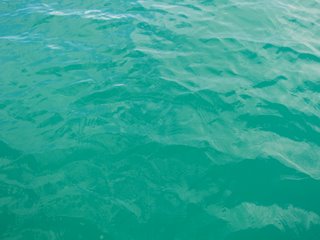
 La Baie d'Upi in l'Ile des Pins
La Baie d'Upi in l'Ile des Pins 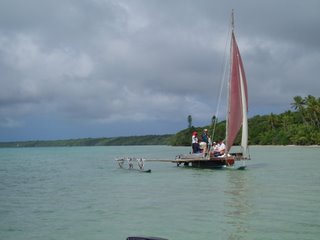

 La "Roche Percee" in Bourail, a couple of hours north of Noumea.
La "Roche Percee" in Bourail, a couple of hours north of Noumea. A "salmon-colored" hibiscus- there are so many different colors of hibiscus in New Caledonia (white, red, pink, salmon, purple...)
A "salmon-colored" hibiscus- there are so many different colors of hibiscus in New Caledonia (white, red, pink, salmon, purple...)